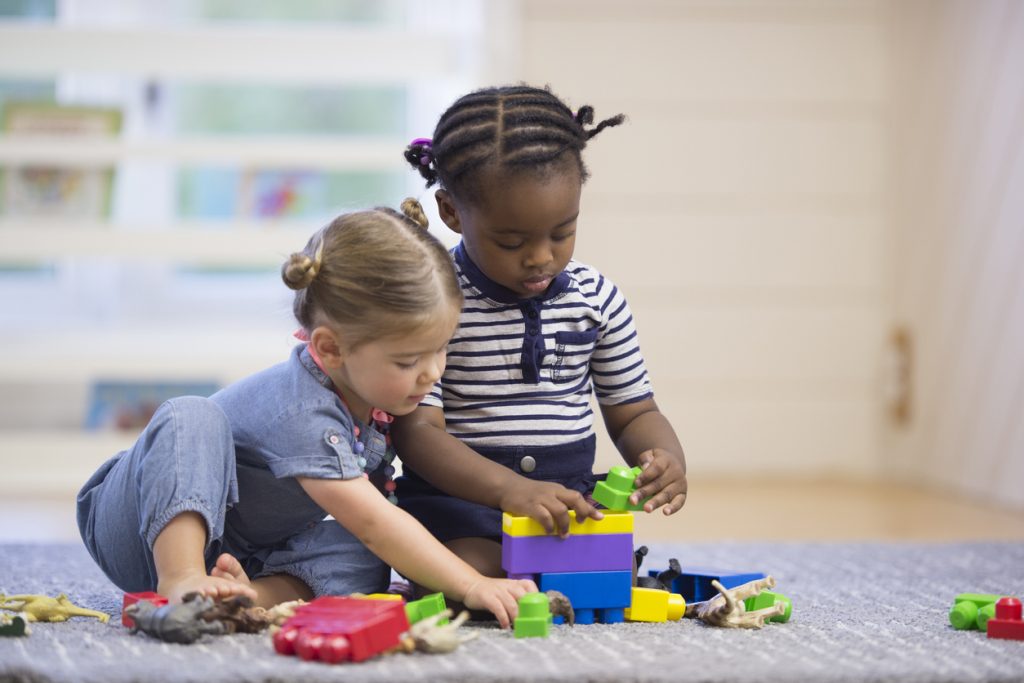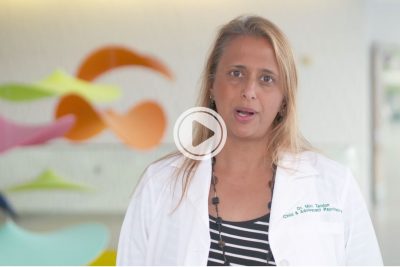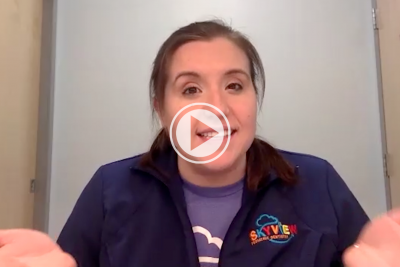It is difficult to talk about any serious current event with young children. Parents will frequently say, “I don’t know where to start” or “I’m not sure this is the right time.” Racism, inequality, intolerance and prejudice are in the news and pervasive in our country today and around the world. Parents are called on to have a lot of difficult discussions with their children. Having a meaningful dialogue can be especially difficult amid the obvious turmoil in the world. But the conversation is too important and cannot be put aside for a “better time” because it is “too difficult.” How do you start the conversation?
Ideally, incorporating positive education about race and diversity should be part of the ongoing strategies that parents use for healthy growth and development of their children. If diversity is part of the ongoing dialogue in families trying to raise kind, inclusive children, it will follow that you will be able to discuss difficult events as well. It encourages me when I hear young parents say that they are trying to find ways to help their children understand and embrace diversity in positive ways. I find hope when Sesame Street holds a town hall called “Coming Together: Standing Up to Racism” or when Woman’s Day publishes a list of “15 Kid-Friendly Movies to Help Build a Conversation About Race and Racism.” The key is beginning the foundation during infancy and continuing to build positive attitudes toward race as your child grows. The American Academy of Pediatrics tells us that a “6-month old can notice race-based differences.” Even children as young as two years old “can internalize racial bias.” Starting early is ideal, however it is never too late to start.
Include books that talk of racism, as well as religious and cultural diversity, with children of all ages. Children need to know the historical struggles of racism and immigration. But also be sure to tell positive stories of the achievements and talents of all people of every color, nation and religion. Make it a goal to choose books, movies, art and music to encourage appreciation of diversity. Your local librarian can be a great resource to broaden your choices as you expose your children of any age to diversity. Utilize imaginative playsets that include boys and girls of all ages, colors, nationalities, and abilities. Not all fairies need to be blonde with white skin. Not all scientists, doctors and electricians need to be boys. And not all nurses, administrative assistants and quilters need to be girls. It is the difference in people that makes our country a place we can all call home. We all need to take small, important steps and have the difficult conversations now to make sure we are raising a generation of kind, understanding, accepting, diverse people. Now is the perfect time to get started.
By the way, I just ordered a diverse set of fairies to add to my fairy garden. My grandchildren are the perfect age!






Comments